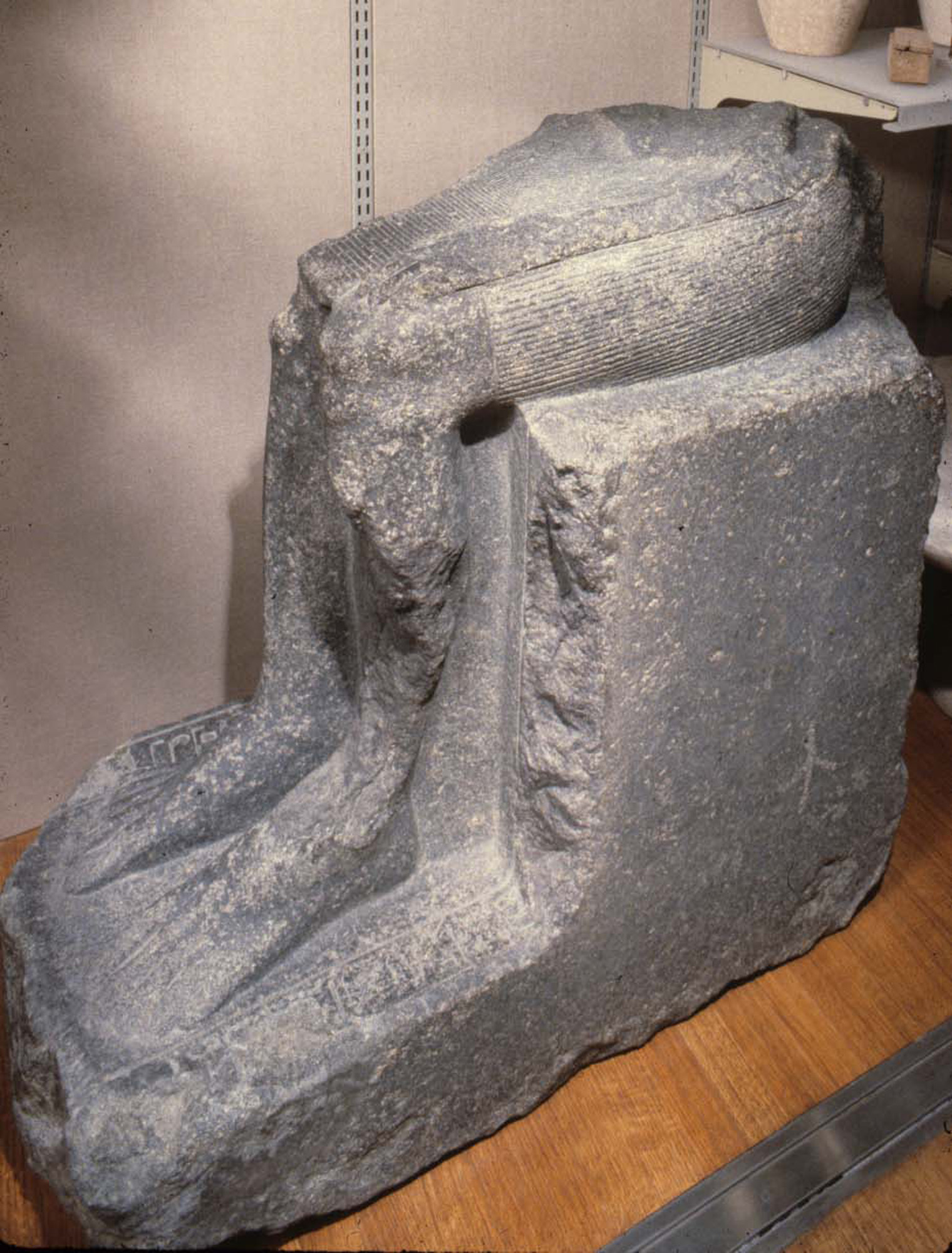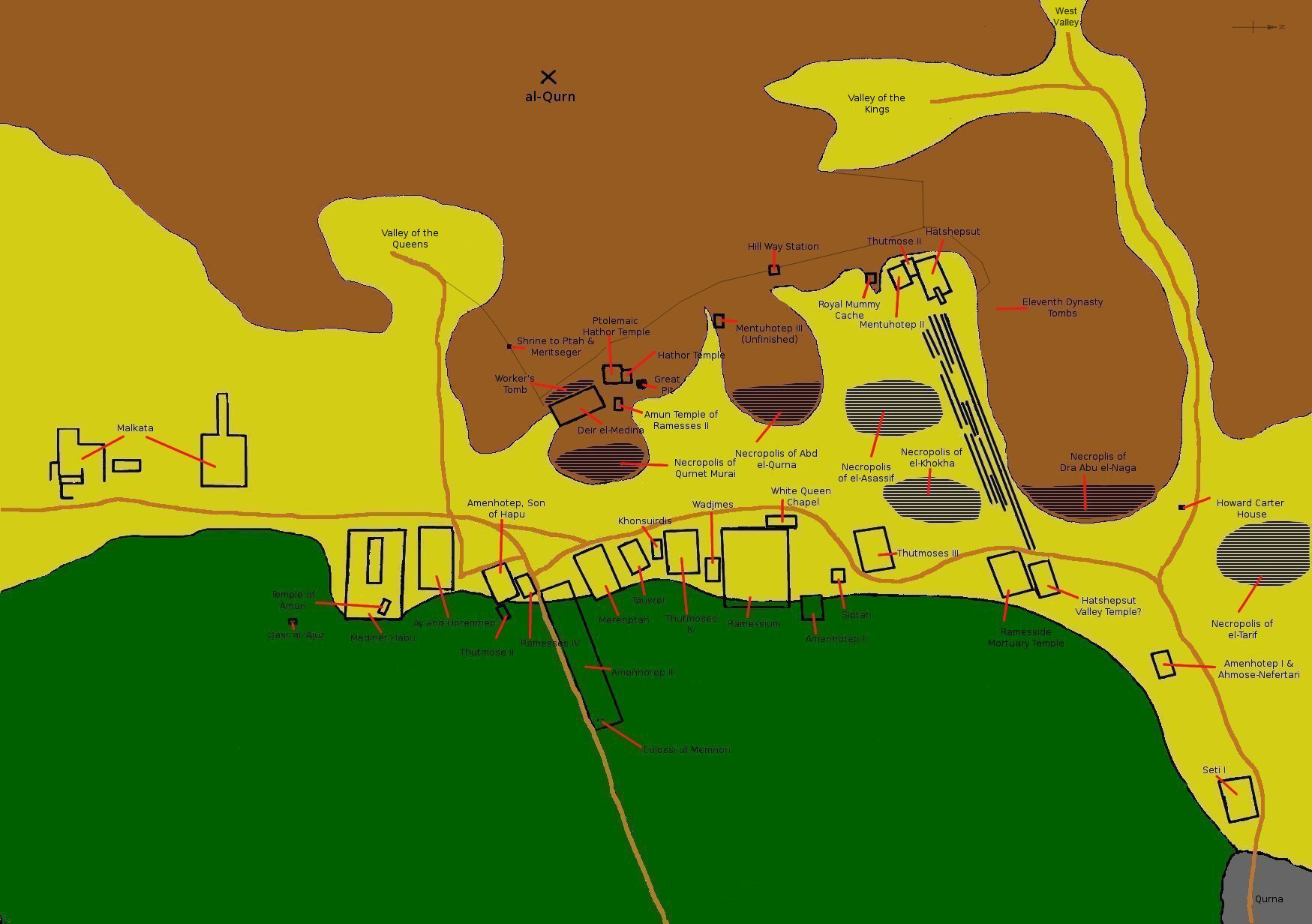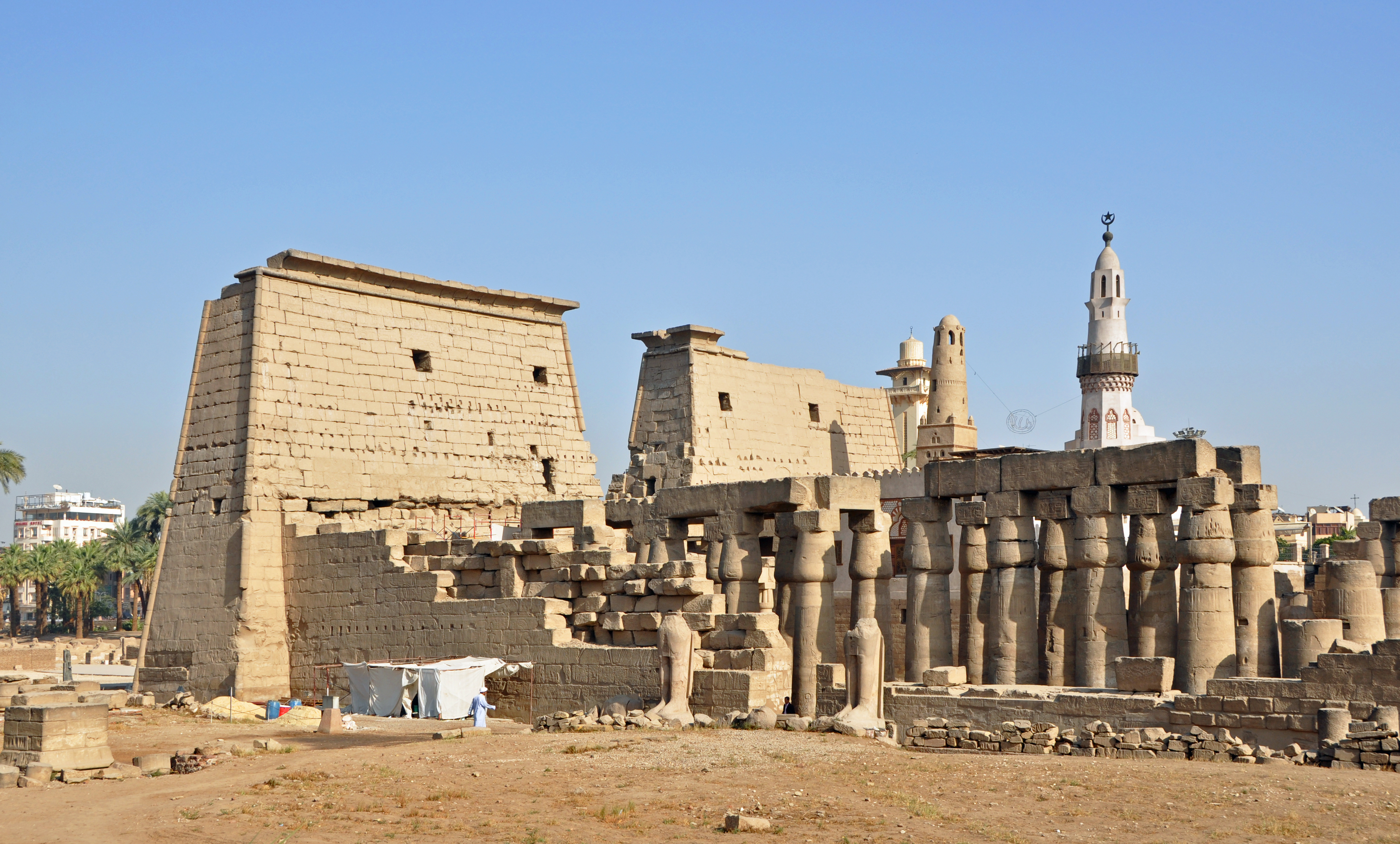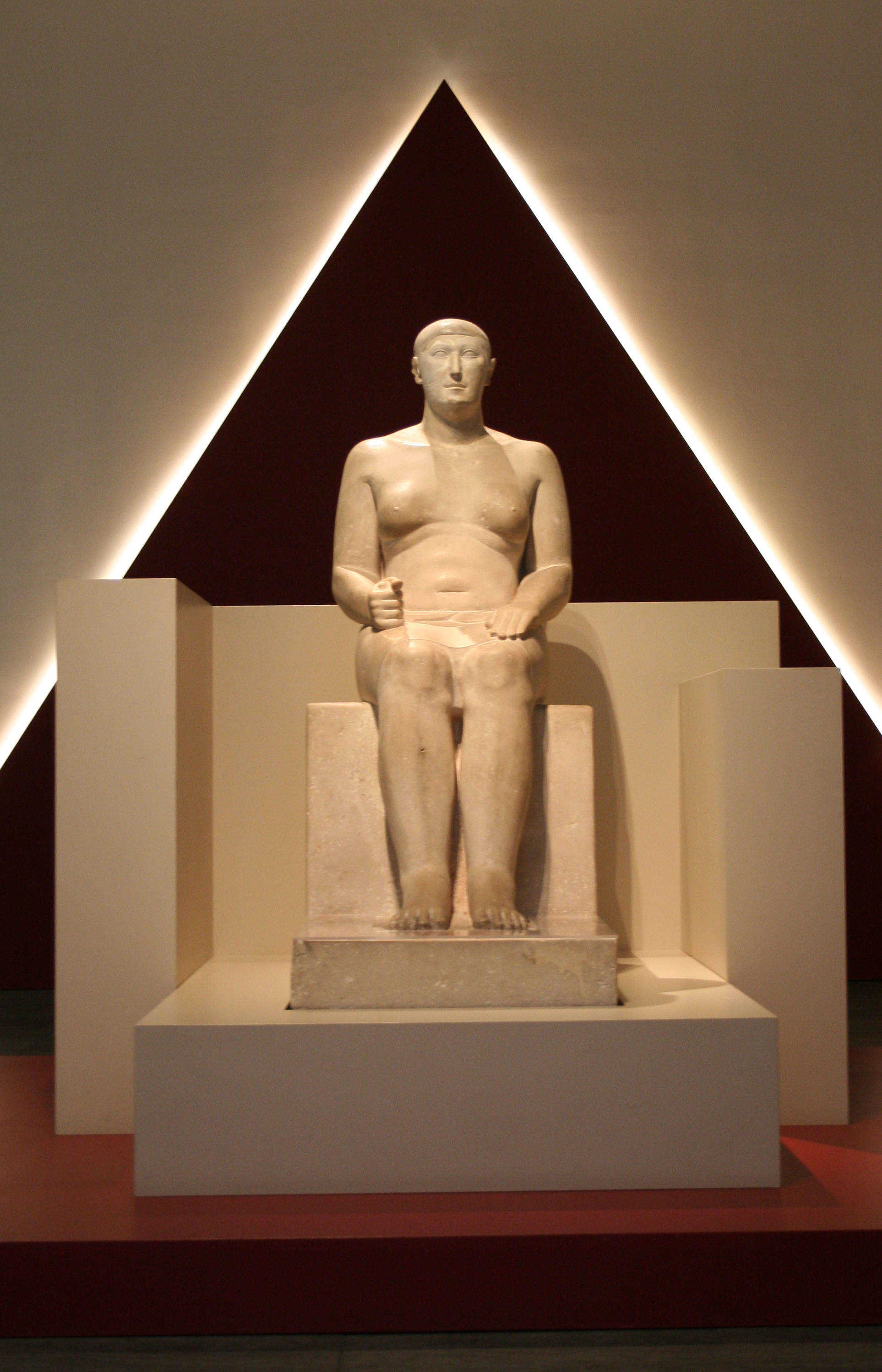|
TT60
The Theban Tomb TT60 is located in Sheikh Abd el-Qurna, part of the Theban Necropolis, on the west bank of the Nile, opposite to Luxor. It is the burial place of a woman called Senet. She was related to the ancient Egyptian Vizier Intefiqer (mother or wife). It is one of the earliest burials in the area. Intefiqer was Governor of the city (i.e. Thebes) and Vizier of Senusret I in the 12th Dynasty. His tomb's entrance leads into a long corridor, which in turn leads into an inner chamber with a deep niche. From this room a shaft goes down to the actual burial chamber. In the innermost chapel, Senet is shown in front of an offering table. Other scenes show Intefiqer hunting and there is one (destroyed) scene showing the king Senusret I. The figure of Intefiqer is several times erased. See also * List of Theban tombs The Theban Necropolis is located on the west bank of the Nile, opposite Luxor, in Egypt. As well as the more famous royal tombs located in the Valley of the King ... [...More Info...] [...Related Items...] OR: [Wikipedia] [Google] [Baidu] |
List Of Theban Tombs
The Theban Necropolis is located on the west bank of the Nile, opposite Luxor, in Egypt. As well as the more famous royal tombs located in the Valley of the Kings and the Valley of the Queens, there are numerous other tombs, more commonly referred to as Tombs of the Nobles (Luxor), the burial places of some of the powerful courtiers and persons of the ancient city. There are at least 415 cataloged tombs, designated TT for Theban Tomb. There are other tombs whose position has been lost, or for some other reason do not conform to this classification. See for instance the List of MMA Tombs. Theban tombs tended to have clay funerary cones placed over the entrance of the tomb chapels. During the New Kingdom they were inscribed with the title and name of the tomb owner, sometimes with short prayers. Of the 400 recorded sets of cones, only about 80 come from cataloged tombs. The numbering system was first published Arthur Weigall's 1908 ''Report on the Tombs of Shêkh Abd’ el Gûrneh ... [...More Info...] [...Related Items...] OR: [Wikipedia] [Google] [Baidu] |
Intefiqer
The ancient Egyptian noble Intefiqer ''(ỉnỉ-ỉt.f ỉqr)'' was ''overseer of the city'' and Vizier under Amenemhet I and Senusret I during the early 12th Dynasty (1991–1802 BC). He is known from several rock inscriptions in Lower Nubia, showing that he was part of a military mission into this region. He appears in an inscription found at the Red Sea coast and in the so-called Reisner Papyrus. Two rock inscriptions in Lower Nubia mention him. They seem to indicate that he was involved in a military campaign into this region. The inscriptions are not dated, but other inscriptions in the region seem to indicate a military campaign in year 29 of Amenemhet I, which corresponds to the 9th year of Senusret I. Intefiqer is also known from a stela found at Wadi el-Hudi, dated to year 20. It reports the bringing of Amethyst. The tomb of his mother Senet in Thebes is in Sheikh Abd el-Qurna in the Theban Necropolis, opposite Luxor. Intefiqer was buried in a mastaba at Lisht, nex ... [...More Info...] [...Related Items...] OR: [Wikipedia] [Google] [Baidu] |
Sheikh Abd El-Qurna
The necropolis of Sheikh Abd el-Qurna ( ar, شيخ عبدالقرنة) is located on the West Bank at Thebes in Upper Egypt. It is part of the archaeological area of Deir el-Bahari, and named after the domed tomb of the local saint. This is the most frequently visited cemetery on the Theban west bank, with the largest concentration of private tombs. Tombs * TT21 User, Scribe, Steward of king Thutmose I * TT22 Wah, later usurped by Meryamun * TT23 – Tjay * TT30 Khonsmose, Amun treasury official, Ramesside * TT31 – Khonsu * TT38 Djeserkaraseneb, Scribe, Counter of grain in the granary of the divine offerings of Amun * TT41 Amenemopet called Ipy, Amun temple high steward * TT42 Amenmose, Captain of troops, Eyes of the King in the Two Lands of the Retenu * TT43 Neferrenpet, Overseer of the kitchen (stores?) of Pharaoh * TT44 Amenemhab, wab-priest in front of Amun * TT45 Djehuty, Steward of high priest of Amun Mery * TT46 Ramose, Steward of the Mansion of the At ... [...More Info...] [...Related Items...] OR: [Wikipedia] [Google] [Baidu] |
Thebes, Egypt
, image = Decorated pillars of the temple at Karnac, Thebes, Egypt. Co Wellcome V0049316.jpg , alt = , caption = Pillars of the Great Hypostyle Hall, in ''The Holy Land, Syria, Idumea, Arabia, Egypt, and Nubia'' , map_type = Egypt , map_alt = , map_size = , relief = yes , coordinates = , location = Luxor, Luxor Governorate, Egypt , region = Upper Egypt , type = Settlement , part_of = , length = , width = , area = , height = , builder = , material = , built = , abandoned = , epochs = , cultures = , dependency_of = , occupants = , event = , excavations = , archaeologists = , condition = , ownership = , management = , public_access = , website = , notes = , designation1 = WHS , designation1_offname = Ancient Th ... [...More Info...] [...Related Items...] OR: [Wikipedia] [Google] [Baidu] |
Theban Necropolis
The Theban Necropolis is a necropolis on the west bank of the Nile, opposite Thebes (Luxor) in Upper Egypt. It was used for ritual burials for much of the Pharaonic period, especially during the New Kingdom. Mortuary temples * Deir el-Bahri ** Mortuary temple of Hatshepsut ** Mortuary temple of Mentuhotep II ** Mortuary temple of Thutmose III * Medinet Habu ** Mortuary temple and palace of Ramesses III ** Mortuary Temple of Ay & Horemheb * Mortuary Temple of Amenhotep III ** Colossi of Memnon * Mortuary Temple of Merneptah * Mortuary Temple of Ramesses IV * Mortuary Temple of Thutmose IV * Mortuary Temple of Thutmose III * Mortuary Temple of Twosret * Temple of Nebwenenef * Qurna ** Mortuary Temple of Seti I * Mortuary Temple of Amenhotep II * Ramesseum (Mortuary Temple of Ramesses II) Royal Necropolis * Valley of the Kings (Modern: "''Wadi el-Muluk''") * Valley of the Queens (Modern: "''Biban el-Harim''") * Royal Cache * Bab el-Gasus Necropolis * Deir el-Medin ... [...More Info...] [...Related Items...] OR: [Wikipedia] [Google] [Baidu] |
Nile
The Nile, , Bohairic , lg, Kiira , Nobiin language, Nobiin: Áman Dawū is a major north-flowing river in northeastern Africa. It flows into the Mediterranean Sea. The Nile is the longest river in Africa and has historically been considered the List of rivers by length, longest river in the world, though this has been contested by research suggesting that the Amazon River is slightly longer.Amazon Longer Than Nile River, Scientists Say Of the world's major rivers, the Nile is one of the smallest, as measured by annual flow in cubic metres of water. About long, its drainage basin covers eleven countries: the Democratic Republic of the Congo, Tanzania, Burundi, Rwanda, Uganda, Kenya, Ethiopia, Erit ... [...More Info...] [...Related Items...] OR: [Wikipedia] [Google] [Baidu] |
Luxor
Luxor ( ar, الأقصر, al-ʾuqṣur, lit=the palaces) is a modern city in Upper (southern) Egypt which includes the site of the Ancient Egyptian city of ''Thebes''. Luxor has frequently been characterized as the "world's greatest open-air museum", as the ruins of the Egyptian temple complexes at Karnak and Luxor stand within the modern city. Immediately opposite, across the River Nile, lie the monuments, temples and tombs of the west bank Theban Necropolis, which includes the Valley of the Kings and Valley of the Queens. Thousands of tourists from all around the world arrive annually to visit Luxor's monuments, contributing greatly to the economy of the modern city. The population of Luxor is 422,407 (2021), with an area of approximately . It is the capital of Luxor Governorate. It is among the oldest inhabited cities in the world. Etymology The name ''Luxor'' ( ar, الأقصر, al-ʾuqṣur, lit=the palace, pronounced , , Upper Egyptian: ) derives from the Arabic ... [...More Info...] [...Related Items...] OR: [Wikipedia] [Google] [Baidu] |
Vizier (Ancient Egypt)
The vizier () was the highest official in ancient Egypt to serve the pharaoh (king) during the Old, Middle, and New Kingdoms. Vizier is the generally accepted rendering of ancient Egyptian , etc., among Egyptologists. The ''Instruction of Rekhmire'' (''Installation of the Vizier''), a New Kingdom text, defines many of the duties of the , and lays down codes of behavior. The viziers were often appointed by the pharaoh. During the 4th Dynasty and early 5th Dynasty, viziers were exclusively drawn from the royal family; from the period around the reign of Neferirkare Kakai onwards, they were chosen according to loyalty and talent or inherited the position from their fathers. Responsibilities The viziers were appointed by the pharaohs and often belonged to a pharaoh's family. The vizier's paramount duty was to supervise the running of the country, much like a prime minister. At times this included small details such as sampling the city's water supply. All other lesser supervis ... [...More Info...] [...Related Items...] OR: [Wikipedia] [Google] [Baidu] |
Senusret I
Senusret I (Middle Egyptian: z-n-wsrt; /suʀ nij ˈwas.ɾiʔ/) also anglicized as Sesostris I and Senwosret I, was the second pharaoh of the Twelfth Dynasty of Egypt. He ruled from 1971 BC to 1926 BC (1920 BC to 1875 BC), and was one of the most powerful kings of this Dynasty. He was the son of Amenemhat I. Senusret I was known by his prenomen, Kheperkare, which means "the Ka of Re is created." He expanded Egypt that allowed him to rule over an age of prosperity. He continued his father's aggressive expansionist policies against Nubia by initiating two expeditions into this region in his 10th and 18th years and established Egypt's formal southern border near the second cataract where he placed a garrison and a victory stele. He also organized an expedition to a Western Desert oasis. Senusret I established diplomatic relations with some rulers of towns in Syria and Canaan. He also tried to centralize the country's political structure by supporting nomarchs who were loyal to him. ... [...More Info...] [...Related Items...] OR: [Wikipedia] [Google] [Baidu] |
Twelfth Dynasty Of Egypt
The Twelfth Dynasty of ancient Egypt (Dynasty XII) is considered to be the apex of the Middle Kingdom by Egyptologists. It often is combined with the Eleventh, Thirteenth, and Fourteenth dynasties under the group title, Middle Kingdom. Some scholars only consider the 11th and 12th dynasties to be part of the Middle Kingdom. History The chronology of the Twelfth Dynasty is the most stable of any period before the New Kingdom. The Turin Royal Canon gives 213 years (1991–1778 BC). Manetho stated that it was based in Thebes, but from contemporary records it is clear that the first king of this dynasty, Amenemhat I, moved its capital to a new city named "Amenemhat-itj-tawy" ("Amenemhat the Seizer of the Two Lands"), more simply called, Itjtawy. The location of Itjtawy has not been discovered yet, but is thought to be near the Fayyum, probably near the royal graveyards at el-Lisht. The order of its rulers of the Twelfth Dynasty is well known from several sources: two lists re ... [...More Info...] [...Related Items...] OR: [Wikipedia] [Google] [Baidu] |
Niche (architecture)
A niche (CanE, or ) in Classical architecture is an exedra or an apse that has been reduced in size, retaining the half-dome heading usual for an apse. Nero's Domus Aurea (AD 64–69) was the first semi-private dwelling that possessed rooms that were given richly varied floor plans, shaped with niches and exedrae; sheathed in dazzling polished white marble, such curved surfaces concentrated or dispersed the daylight. A is a very shallow niche, usually too shallow to contain statues, and may resemble a blind window (a window without openings) or sealed door. (Compare: blind arcade) The word derives from the Latin (), via the French . The Italian '' nicchio'' () may also be involved,OED, "Niche" as the traditional decoration for the top of a niche is a scallop shell, as in the illustration, hence also the alternative term of "conch" for a semi-dome, usually reserved for larger exedra. In Gothic architecture, a niche may be set within a tabernacle framing, like a richly de ... [...More Info...] [...Related Items...] OR: [Wikipedia] [Google] [Baidu] |
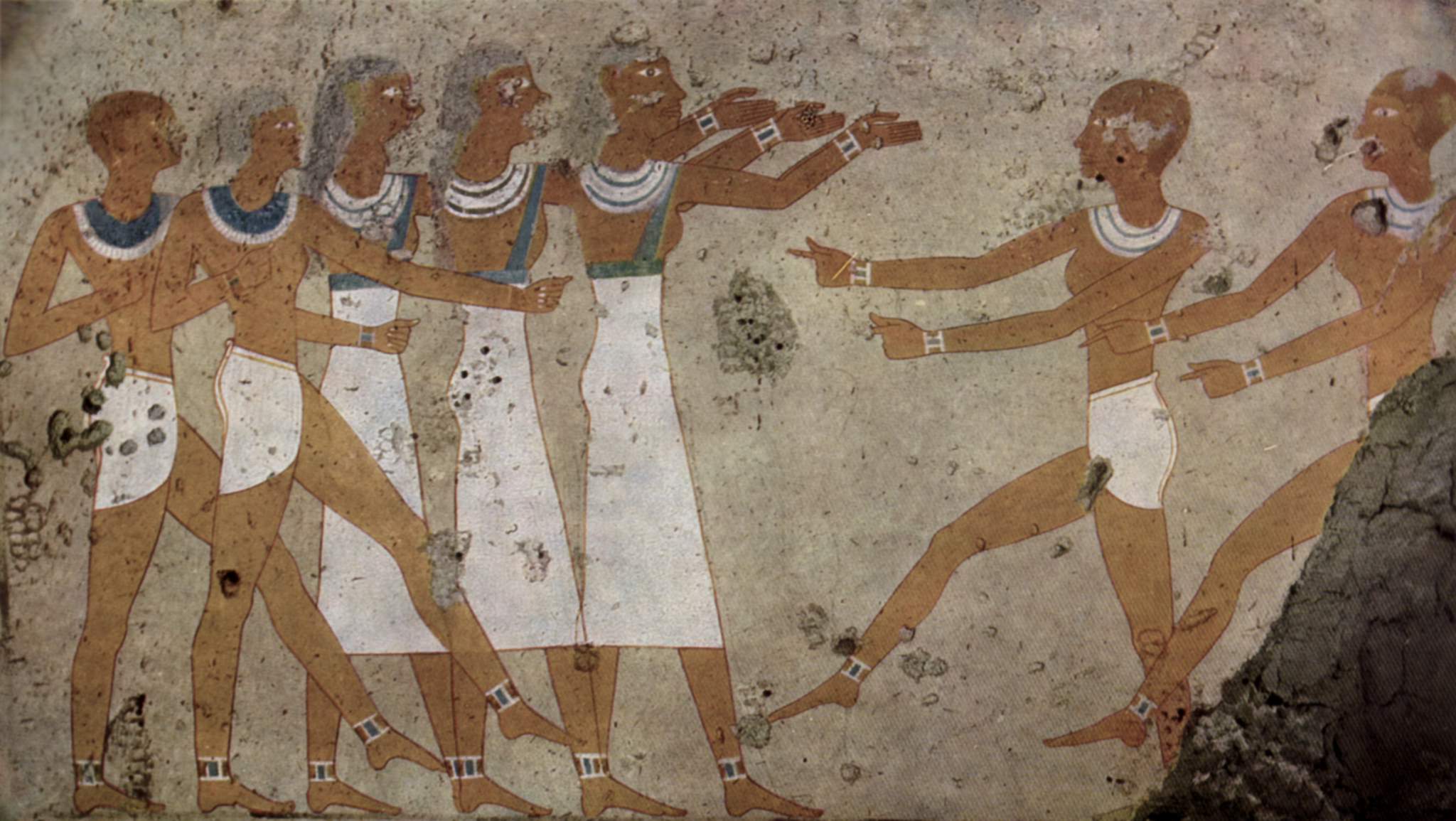
.jpg)
